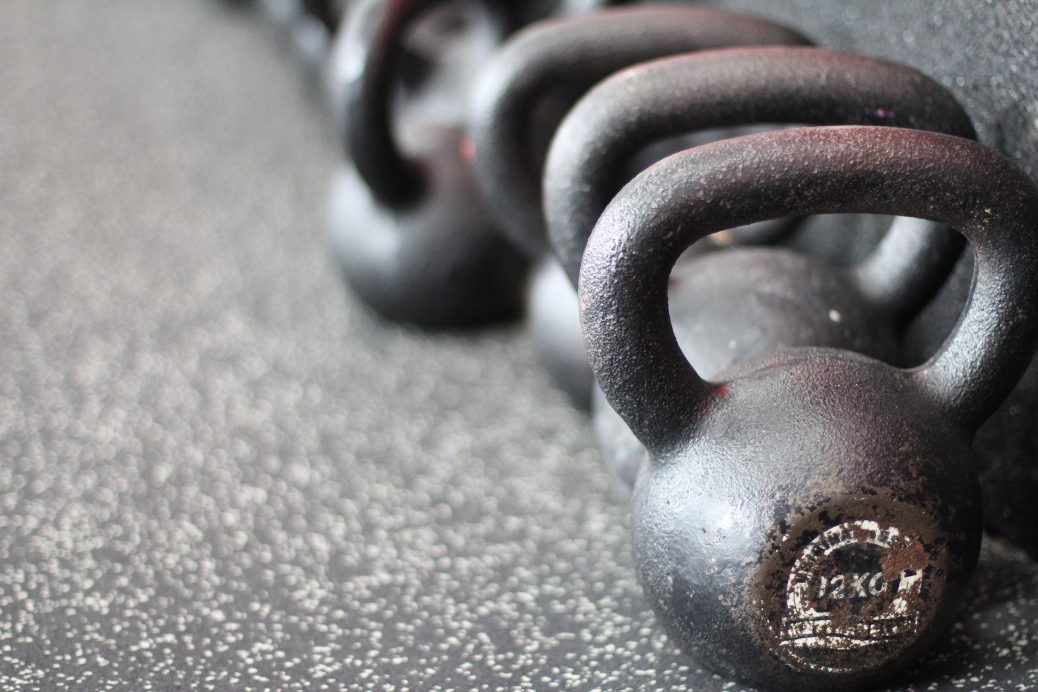A lot has changed since the ‘jogging’ boom of the 1970’s: footwear, clothing, training methods, nutrition – the list goes on. One unfortunate constant, however, is the repetitive strain injury. The past few decades have seen countless research papers written on runners and their injuries, and while these can be divided into many sub-categories, persistent tendon pain and plantar fascia pain are among the most common1,2.
Your Physio Partnership
Most runners have a relationship (often a love-hate one) with a therapist, who helps keep them on their feet and training. Traditionally, these therapists utilize manual therapy, stretches, and sometimes modalities such as extracorporeal shockwave or ultrasound, to treat the affected tissues. However, the smart and caffeinated therapist now understands that an equally important component of treatment for many overuse injuries is load management, or how to progressively challenge a tissue to prepare it for the stresses of running.
Before we move forward, it is important to understand the basics of tendon overuse injuries. What we used to refer to as ‘tendinitis’ (the ‘itis’ implying the presence of inflammation) is often more appropriately termed ‘tendinosis’. In the case of a tendinosis, we see actual structural changes in the tendon, which develop as a response to the overload of those tissues.
Understanding Tendinosis
It is becoming accepted in the therapy world, however, that a tendinosis responds best to loading. This initial discovery was made in the 1990’s, when a Swedish physician named Hakan Alfredson attempted to make his longstanding Achilles pain worse, to make himself an appropriate candidate for surgery. He did this by repeatedly lowering his heels from a step, into an aggressive calf stretch position. However, in doing this, he didn’t get worse – he actually saw improvements in his pain and function. His protocol has since been refined, and very well studied, and it has become an often-used treatment for Achilles tendinopathy. As it turns out, those progressions are not only effective, but absolutely necessary to reverse the structural changes discussed earlier. Tendons need to be loaded to heal, and those old-school resistance band exercises just don’t cut it– the load must be heavy.
Other tendons have similar rehab protocols, which have also been well studied and supported by research3. But what about the ‘dreaded’ plantar fasciitis? The plantar fascia is not a tendon, and since inflammation is rarely present, it most often isn’t even an ‘itis’4. However, a group of Scandinavian researchers have begun investigating what happens if we treat plantar fascia pain like tendon pain, with interesting results: a loading progression for people with longstanding plantar fascia pain resulted in similar long-term results as just stretching, but with much better short-term pain outcomes5. Their work suggests that, if nothing else, loading the plantar fascia might be an effective painkiller – which is unquestionably relevant for someone whose feet are killing them.
The bottom line is that the old-school treatment methods – including ice, stretching, and ultrasound – simply aren’t effective in treating some of the most persistent and often debilitating injuries seen in runners. Although manual therapy has its time and place, make sure you’re connected with a therapist who is current with the research, and has the insight to take a more hands-off approach to your tendon injury.
Consider a session with one of our Sports Physiotherapists and start running right!
- Taunton JE, Ryan MB, Clement DB, McKenzie DC, Lloyd-Smith DR, Zumbo BD. A retrospective case-control analysis of 2002 running injuries. Br J Sports Med 2002;36(2):95-101.
- Lysholm J, Wiklander J. Injuries in runners. Am J Sports Med 1987;15(2):168-71
- Larsson, M.E.H., Käll, I. & Nilsson-Helander, K. Treatment of patellar tendinopathy—a systematic review of randomized controlled trials. Knee Surg Sports Traumatol Arthrosc. 2012;20(8):1632-1646. https://doi.org/10.1007/s00167-011-1825-1
- Wearing SC, Smeathers JE, Urry SR, Hennig EM, Hills AP. The pathomechanics of plantar fasciitis. Sports Med. 2006;36(7):585-611.
- Rathleff, M. S., Mølgaard, C. M., Fredberg, U. et al. High-load strength training improves outcome in patients with plantar fasciitis: A randomized controlled trial with 12-month follow-up. Scandinavian Journal of Medicine & Science in Sports. 2015;25(3):e292–e300. doi: 10.1111/sms.12313



